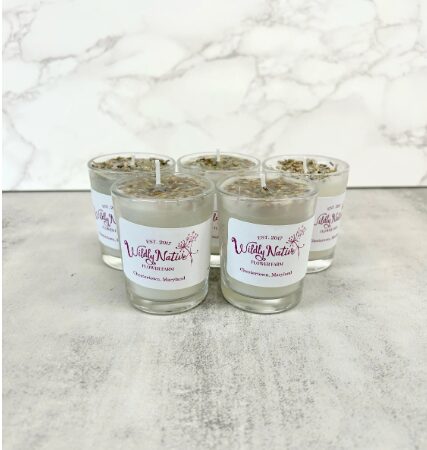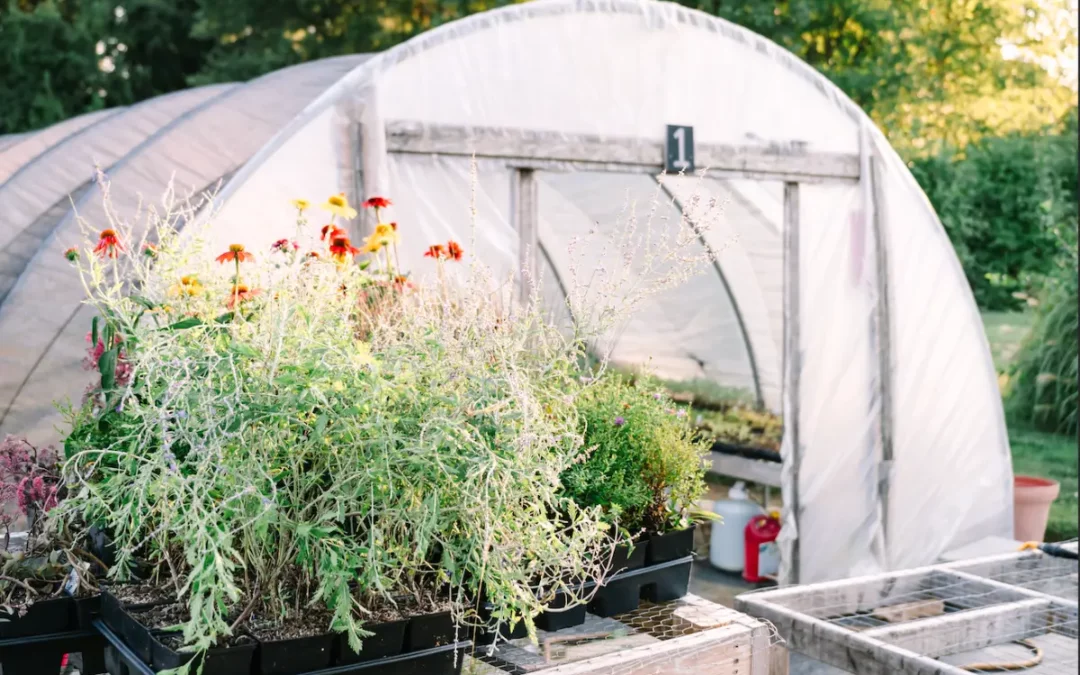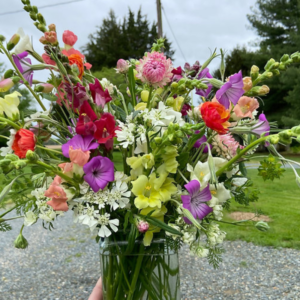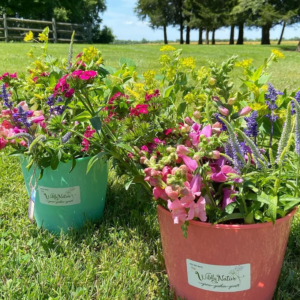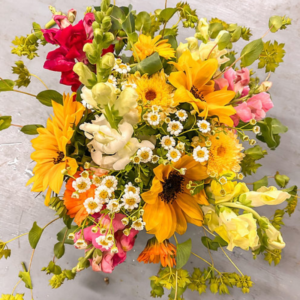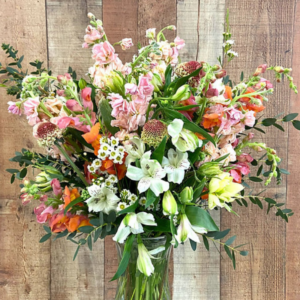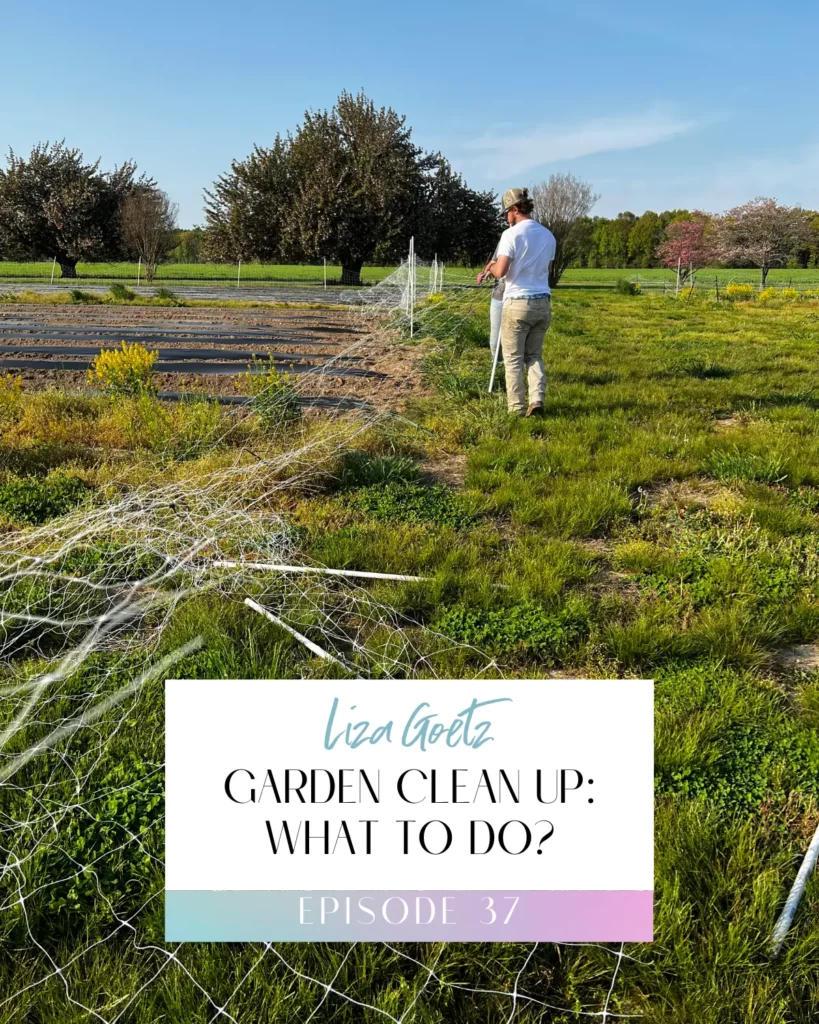
Note: This post contains affiliate links. If you purchase through these links, we may earn a small commission at no additional cost to you. Thank you for supporting our work!
As the growing season winds down, it’s time to tackle one of those tasks we both dread and love—the end-of-season garden cleanup. It’s a mix of emotions, isn’t it? There’s the satisfaction of wrapping up the season and getting the garden ready for a fresh start, but there’s also the frustration of braving the cold and staring down that one corner of the garden that got completely out of hand.
Here’s how we approach cleanup, balance wildlife needs, and make peace with the inevitable challenges of gardening.
Three Cleanup Styles: Where Do You Fit?
Over the years, we’ve noticed that gardeners usually fall into one of three cleanup styles:
- The Tidy Minimalist: Every leaf, branch, and stalk is clipped back, raked up, and removed. The garden is left spotless, ready to hibernate.
- The Casual Cleaner: We pull the weeds and tidy up a bit, but we’re okay with leaving some organic matter to decompose naturally.
- The Procrastinator: Let’s face it, sometimes we leave the garden as-is until spring rolls around.
We’ve found that our approach depends on our goals for the garden and the wildlife we want to support. There’s no single “right” way to do it—it’s all about what works best for you and your space.
Balancing Cleanup and Supporting Wildlife
One of our priorities during cleanup is keeping the local wildlife in mind. Seed heads from plants like coneflowers and black-eyed Susans are a valuable food source for birds during the winter, so we try to leave those intact whenever we can. Did you know that native insects often overwinter inside the stalks of dead plants? It’s fascinating—and it’s why we’re careful about removing too much.
At the same time, we make sure to clear leaves away from structures like the house and garden shed to prevent rot or provide a hiding place for mice (and who knows what else). It’s all about striking the right balance.
Breaking It Down Into Manageable Steps
To avoid feeling overwhelmed, we like to break the garden into sections and tackle one area at a time. Some days, when the sun is shining and we just need a dose of fresh air, we’ll head outside and work on a single corner of the garden. It’s amazing how much progress we can make when we take it little by little.
In vegetable gardens, cleanup is especially important to prevent disease and unwanted reseeding. (Cherry tomatoes, anyone? Those little guys pop up everywhere if we’re not careful!) For flower gardens, we focus on managing plants like chamomile, mint, and yarrow, which can spread quickly if left unchecked.
Repurposing Garden Debris
Not everything needs to go to the compost pile. We’ve found that seed pods, dried flowers, and sticks can be repurposed for wreaths or winter decorations. One trick we love is spray-painting seed heads to add texture and interest to arrangements.
If you’ve got mums that are past their prime, try spray-painting them white or gold for a festive look. Most mums are perennials, so after the holidays, you can plant them in the ground for next year.
Learning From the Garden
Every year, we learn something new about our garden. Whether it’s pruning hydrangeas at the wrong time or planting rosemary in a microclimate we didn’t anticipate, mistakes happen. Fall is a great time to reflect on what worked, what didn’t, and what changes we want to make.
Fall is also the perfect time to move perennials and shrubs. Since they’re already dormant, they won’t go into shock, and the season’s moisture helps them settle into their new home.
Keeping an Eye on Invasives
We always try to stay vigilant about invasive species this time of year. A few years ago, we had a run-in with mile-a-minute vine—totally new to us and covered in tiny thorns! Knowing what to look for (and how to handle it) has become a key part of our cleanup process.
The Right Tools Make a Difference
Having the right tools makes cleanup so much easier. Our go-to items include a sturdy rake, sharp clippers, and a Hori Hori knife—a versatile tool that can dig, cut, and slice. For container gardeners, we like to freshen up the soil with a little fertilizer and use garden debris to dress up pots for winter.
What’s Your Cleanup Style?
Whether you’re the type to leave your garden immaculate, tidy up a little, or wait until spring to dive in, the important thing is finding what works best for you. A little wildness is okay—it’s part of what makes the garden feel alive.
We’d love to hear how you approach your end-of-season cleanup. Share your tips and experiences, and let’s keep learning from each other. Happy gardening!
Our Favorite Tools
Looking for tools to make your garden clean-out easier? Check out our curated list of Amazon products below.
Affiliate Disclosure: As an Amazon Associate, we earn from qualifying purchases at no extra cost to you.

